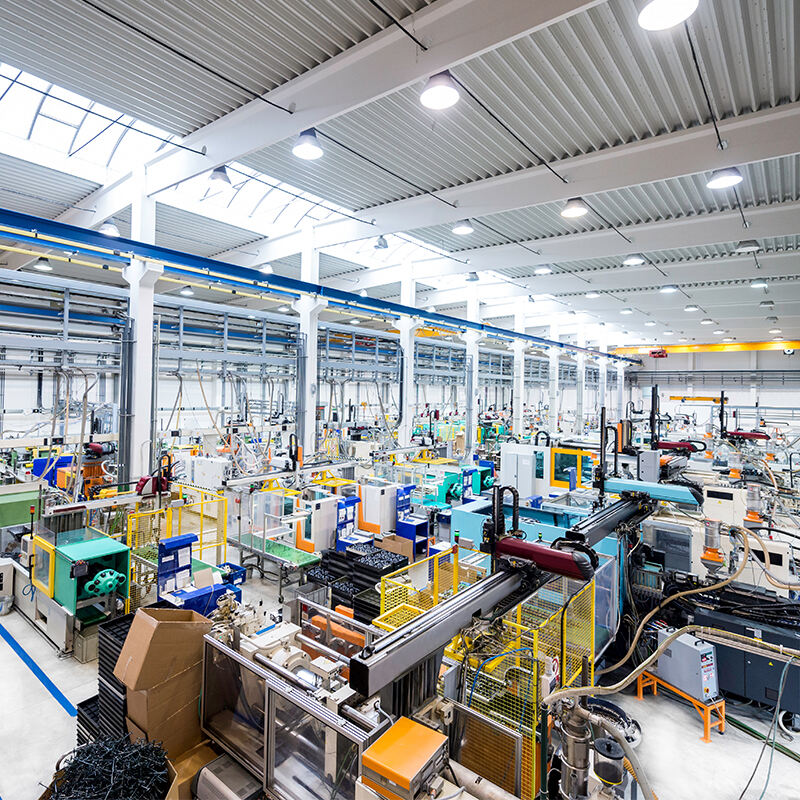Introduction:
Servo manipulators, with their precision and versatility, play a pivotal role in modern industrial automation. This essay explores the intricacies of servo manipulators with a focus on the 3-axis, 5-axis, and 6-axis configurations, unveiling their unique characteristics, applications, and differences.
1. 3-Axis Servo Manipulator:
The 3-axis servo manipulator represents a fundamental configuration, employing servo motors for controlled movement along three axes: X, Y, and Z. This simplicity makes it suitable for tasks requiring basic positioning and linear movement. Common applications include pick-and-place operations, simple assembly tasks, and material handling in industries where a limited range of motion suffices.
2. 5-Axis Servo Manipulator:
The 5-axis servo manipulator introduces an additional level of complexity by incorporating two rotary axes, typically referred to as A and B axes. This enables the manipulator to achieve a wider range of motion and orientation. Industries such as aerospace, automotive, and medical device manufacturing benefit from the enhanced flexibility of 5-axis manipulators, allowing for intricate tasks like milling, cutting, and complex assembly.
3. 6-Axis Servo Manipulator:
At the zenith of versatility, the 6-axis servo manipulator features an additional rotary axis, typically denoted as the C axis. This configuration allows for unparalleled freedom of movement, including rotation around the end-effector. 6-axis manipulators are well-suited for applications demanding high precision and agility, such as welding, painting, and tasks in industries like robotics and electronics manufacturing.
4. Application Scenarios and Differences:
a. 3-Axis:
- Application: Ideal for basic tasks requiring linear movement and simple positioning.
- Differences: Limited range of motion compared to higher-axis manipulators, suitable for less complex applications.
b. 5-Axis:
- Application: Suited for industries demanding increased flexibility, precision, and complex tasks like milling and intricate assembly.
- Differences: Introduces two rotary axes, enabling a broader range of motion and orientation compared to 3-axis manipulators.
c. 6-Axis:
- Application: Tailored for tasks requiring the utmost precision and versatility, such as welding, painting, and intricate assembly in robotics and electronics manufacturing.
- Differences: The additional C-axis allows for rotation around the end-effector, providing unparalleled freedom of movement compared to 3-axis and 5-axis manipulators.
Conclusion:
In the realm of servo manipulators, the configurations of 3-axis, 5-axis, and 6-axis unveil a spectrum of possibilities for industrial automation. Each variant caters to specific application scenarios, offering a balance between precision and complexity. As industries continue to evolve, the strategic selection of servo manipulator configurations becomes paramount in achieving optimal efficiency, productivity, and versatility across diverse manufacturing processes.

Copyright © Guangdong Heeexii Robot Technology Co., Ltd. All Rights Reserved